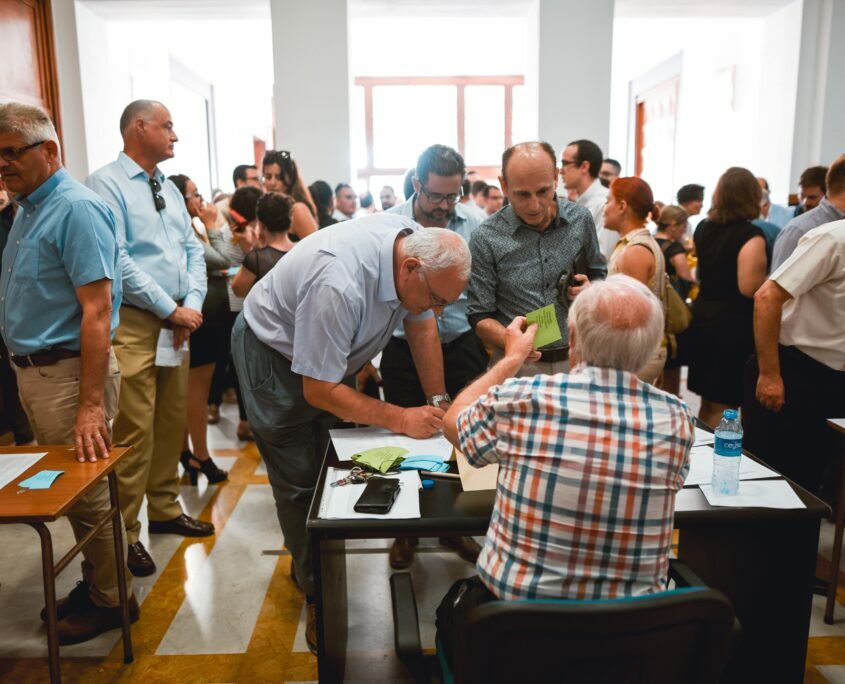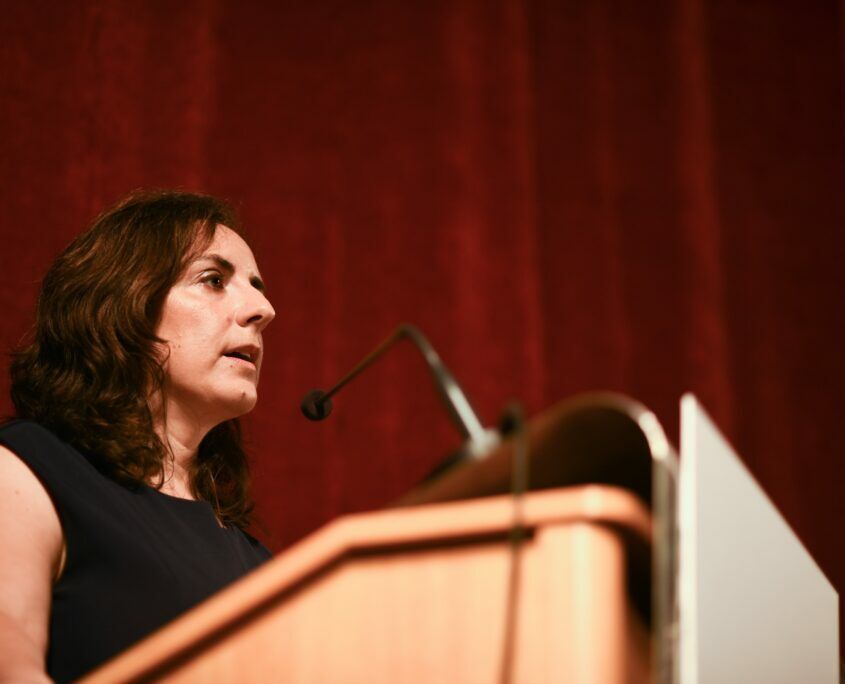CIR 06/20 | COVID-19 – What is the Kamra doing? // Update 4
I would like to start off by thanking each and every one of you for your constant support and feedback. We understand that many of you are facing very challenging times, and that part of your frustrations are fuelled by the element of uncertainty as to what is to be expected in the near future.
On our part, we have been working incessantly to ensure that the interests of the profession and our clients, and the safety of all those who work on construction sites are safeguarded. Our efforts during the past few days have focussed primarily on three aspects, namely:
- Weathering the storm to save businesses and jobs
- Planning Commission meetings and processes
- Building regulations and construction sites
Below please find a detailed outline of progress achieved to date.
1. Weathering the storm to save businesses and jobs
The Kamra tal-Periti has been having practically daily meetings with the Chamber of Advocates, the Kunsill Notarili ta’ Malta, the Dental Association of Malta, and the Malta Institute of Accountants over the past two weeks. As representatives of these regulated professions we have come together to submit proposals for an economic recovery package to Government, which focuses on all sectors of the economy, including of course our sector as a whole.





The package is based on two main fronts. Firstly, it proposes a phased approach, targeting the immediate period up to July, following which it will focus on the recovery period up to April next year with incisive and tailor-made economic remodelling, and beyond then the measures proposed will be aimed at relaunching businesses to begin thriving again following what will undoubtedly be a downturn in the economy.
The second front is based on the principles of burden-sharing, wherein Government, the business community, employees and the banks come together to collectively take the country forward in a healthy and sustainable manner. In the immediate period, the focus must be on job retention – businesses have invested in their people, who they consider as part of the family and who are tuned in to the ethos of the company, and therefore the focus must be on ensuring that employees are retained on the payroll for as long as possible. Beyond that, it is imperative to ensure that we can weather the storm together, with a focus on the general well-being of all of society.
In order to achieve this, measures must be targeted along two streams, namely facilitating business operations through cost reductions, flexibility in working conditions, cash flow measures, and lending facilities, and on the other hand bolstering the liveability of employees through targeted measures to reduce their cost of living at this critical moment and to ensure that their needs are adequately catered for.
The Chambers and Associations mentioned above presented an initial proposal to Government last Friday, which was followed up with a detailed proposal backed up by market research last Monday. We are currently awaiting notice for a meeting wherein these proposals can be presented to Government in detail.
While at this point we cannot provide further detail, nor can we give any guarantees, we assure you that we are doing everything within our power to ensure that our representations are heeded. On this point, the Council thanks you for participating in the surveys that have been sent out, since these allow us to keep tabs on the situation and to reinforce our discussions with Government.
We hope to be able to update you on this matter in the coming days.
2. Planning Commission meetings and processes
As already outlined in Circular 05/2020, Planning Commission hearings were cancelled last week following recommendations by the Superintendent of Public Health to exercise social distancing and cancel non-essential meetings. The Authority, however, intends to proceed with Board and Commission hearings.
In view of this, Council submitted a protocol to be followed for the resumption of hearings, including the use of videoconferencing technology, which will ensure this can be done without exposing periti and their clients. We are confident that our proposals will be taken on board, and reiterate our commitment to ensure that the processes to be adopted will be implemented smoothly and efficiently, and that the health and safety of all involved is ensured. In addition to this, discussions are also ongoing regarding certain planning processes in view of the current situation.
We expect announcements to be made soon in this respect.
3. Building regulations and construction sites
On Wednesday afternoon, a meeting was held with the Building Industry Technical Committee set up by the Prime Minister. The public consultation document A Modern Building and Construction Regulation Framework for Malta prepared by the Kamra tal-Periti and endorsed by its Extraordinary General Meeting of 2019, and which was also endorsed by all the main stakeholders in the industry following a consultation process carried out by the Council, was presented to the Committee in detail. We understand that the Committee is meeting with other stakeholders and will be making its recommendations to the Prime Minister shortly.
The Council has also presented to Government its proposals with regard to construction sites in view of the current coronavirus crisis. The concerns raised are focussed on the processes that need to be in place in the eventual possibility of a lockdown, and also the safety precautions to be taken on construction sites and inspections of properties specifically for periti in the interim period. A meeting has been requested with the Building and Construction Agency, the Planning Authority and the Superintendent of Public Health. Again, we will update you accordingly once a position is agreed to.
I cannot emphasise enough how important it is for you to keep in touch with us via email on info@kamratalperiti.org, Facebook Messenger, and the Periti Discussion Group on Facebook.
Meanwhile, we will continue focussing all of our attention on ensuring that we pull through the current crisis together.
Perit Simone Vella Lenicker
President
Video: Eric Bartolo
































